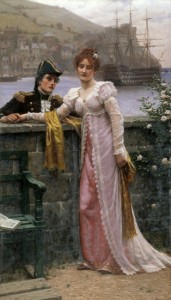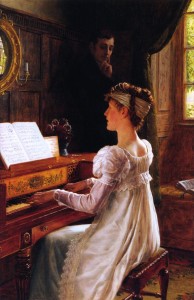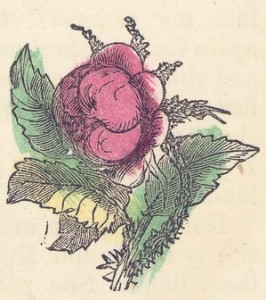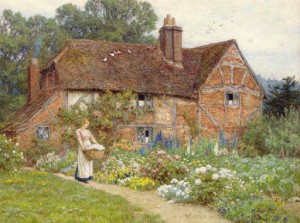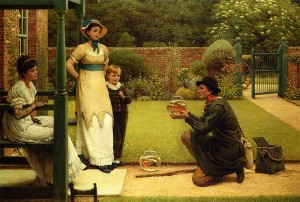I have had such a busy couple of weeks with a family reunion in California and my daughter’s college graduation (Yay!) that release day of A Reputation for Notoriety has sneaked up on me. It is tomorrow!
 In honor of release day, I’m giving away one signed copy of A Reputation for Notoriety to one lucky commenter chosen at random.
In honor of release day, I’m giving away one signed copy of A Reputation for Notoriety to one lucky commenter chosen at random.
The back cover blurb of A Reputation for Notoriety
Raising the stakes…
As the unacknowledged son of the lecherous Lord Westleigh, John “Rhys” Rhysdale was forced to earn a crust gambling on the streets. Now he owns the most thrilling new gaming establishment in London.
Witnessing polite society’s debauchery and excess every night, Rhys prefers to live on its fringes, but a mysterious masked lady tempts him into the throng.
Lady Celia Gale, known only as Madame Fortune, matches Rhys card for card and kiss for stolen kiss. But the stakes are raised when Rhys discovers she’s from the very world he despises…
The Masquerade Club.
Identities concealed, desires revealed…
The first review!
4 Stars! “…It’s passionate, intense and seductive. The characters are lively with pulsating sexual tension and there are enough secrets, scandals and complications to make a lady swoon with glee!” — Maria Ferrer, RT BOOKReviews (read the whole review)
I wanted to write a gaming hell story and a story about a bastard son. Thus A Reputation for Notoriety was born. The question for me was what kind of gaming house did I want? I certainly did not want my hero to run a disreputable gaming house and I wanted one that society ladies could attend. The only way I could think of that a lady could attend would be in a mask, but I’d already used that idea in The Wagering Widow. I couldn’t repeat that idea.
Or could I? I decided to use the same gaming house that appeared in The Wagering Widow and to use the hero’s memory of the wagering widow as the idea for his house. I suppose this “proves” that all my Regency people really do live in the same “world.”
I like to think of it that way. I like to think that they all really existed and lived the lives I imagined for them. I like to think that they might pass each other on a Mayfair street or choose the same books from Hachards. While characters in one book are enmeshed in conflict, I like to think that others are living their happily-ever-after.
The latest of my Regency people will begin their story tomorrow. Look for A Reputation for Notoriety on bookstore shelves tomorrow or for sale from online vendors. The ebook version will appear June 1.
Do you like to imagine the people in books are real? What has been keeping you busy these days? Comment for a chance to win a signed copy of A Reputation for Notoriety.

